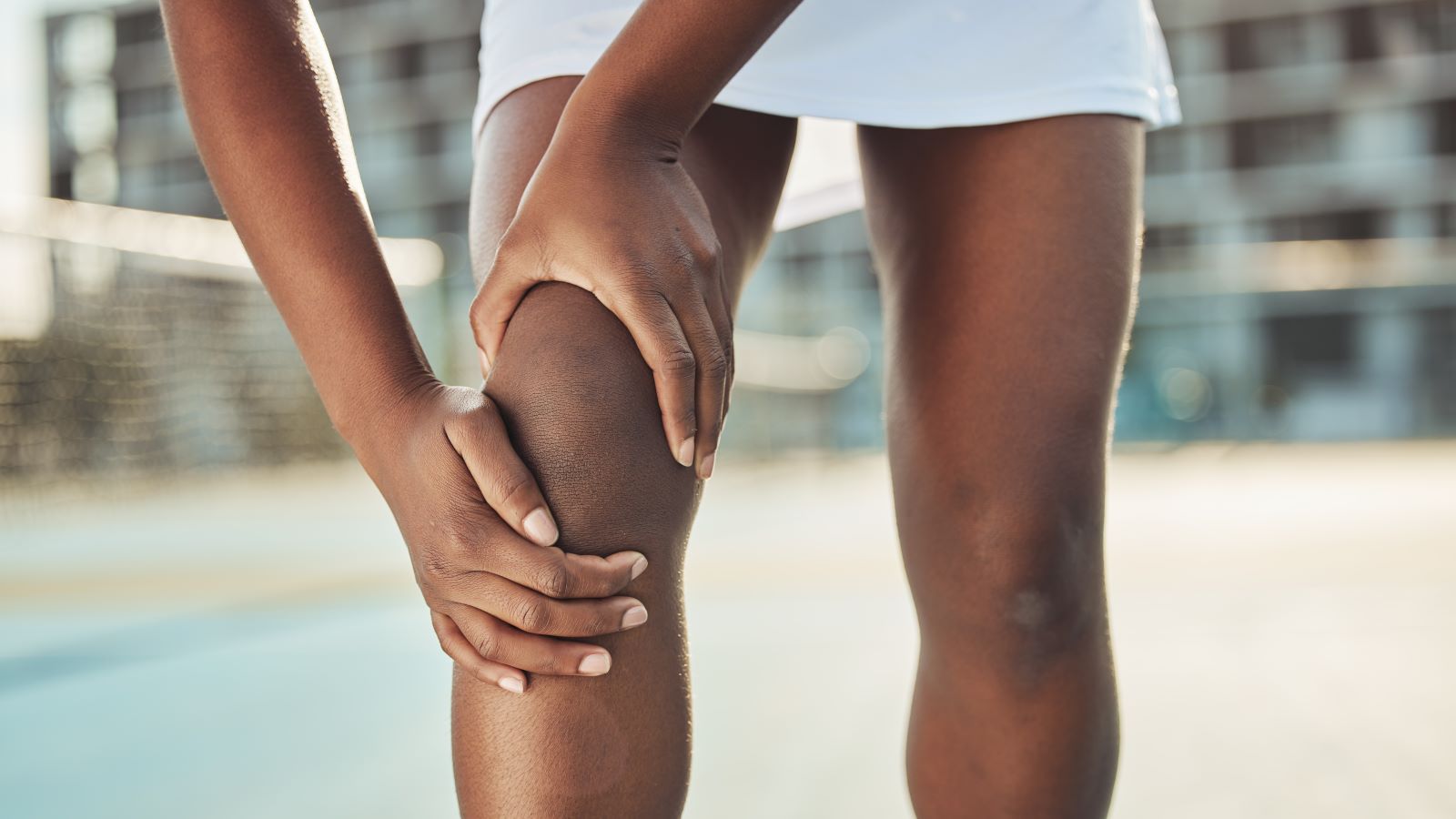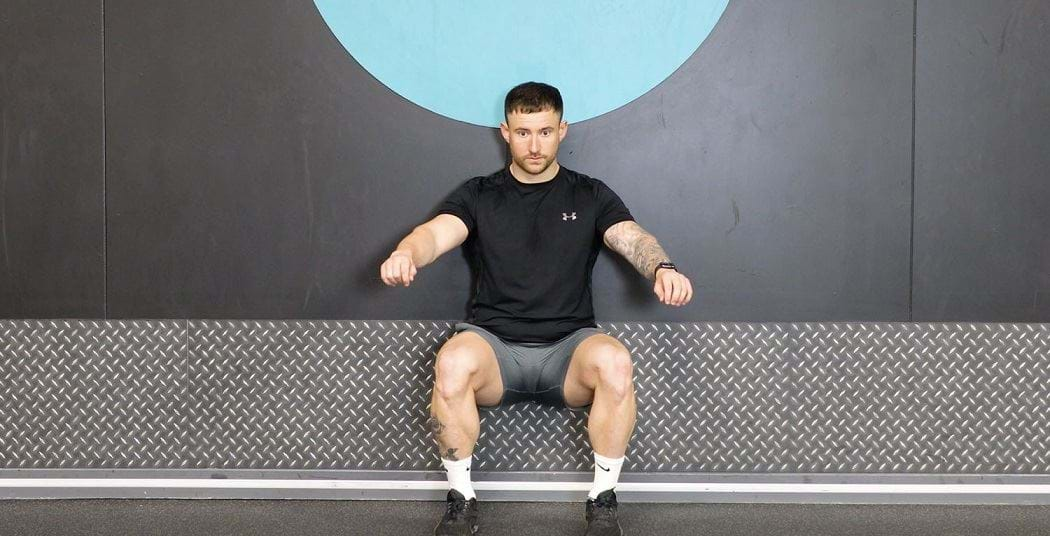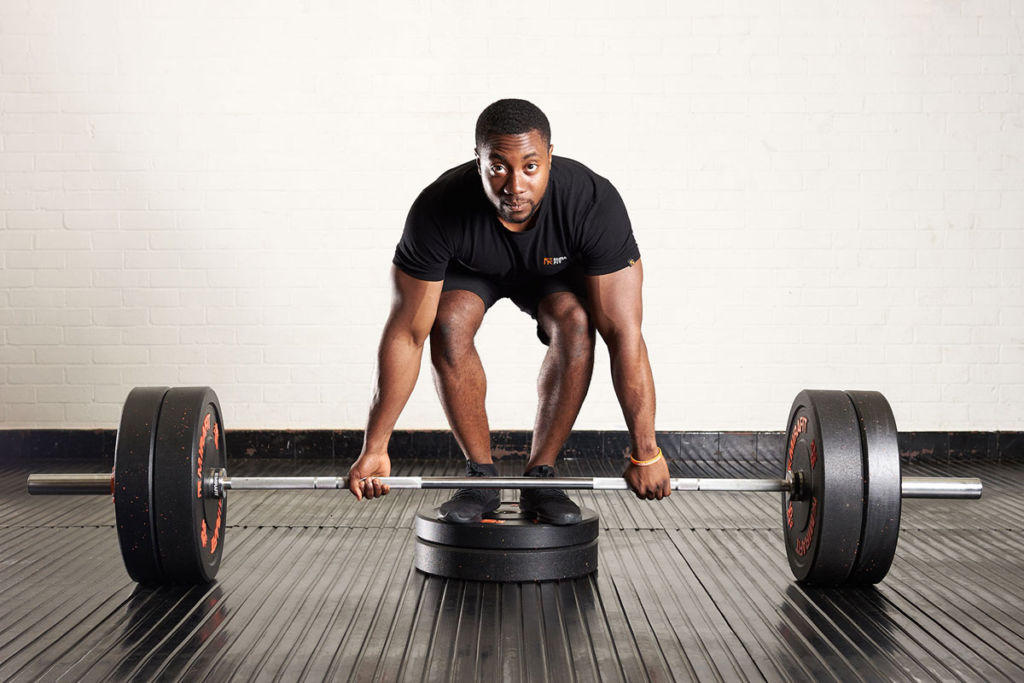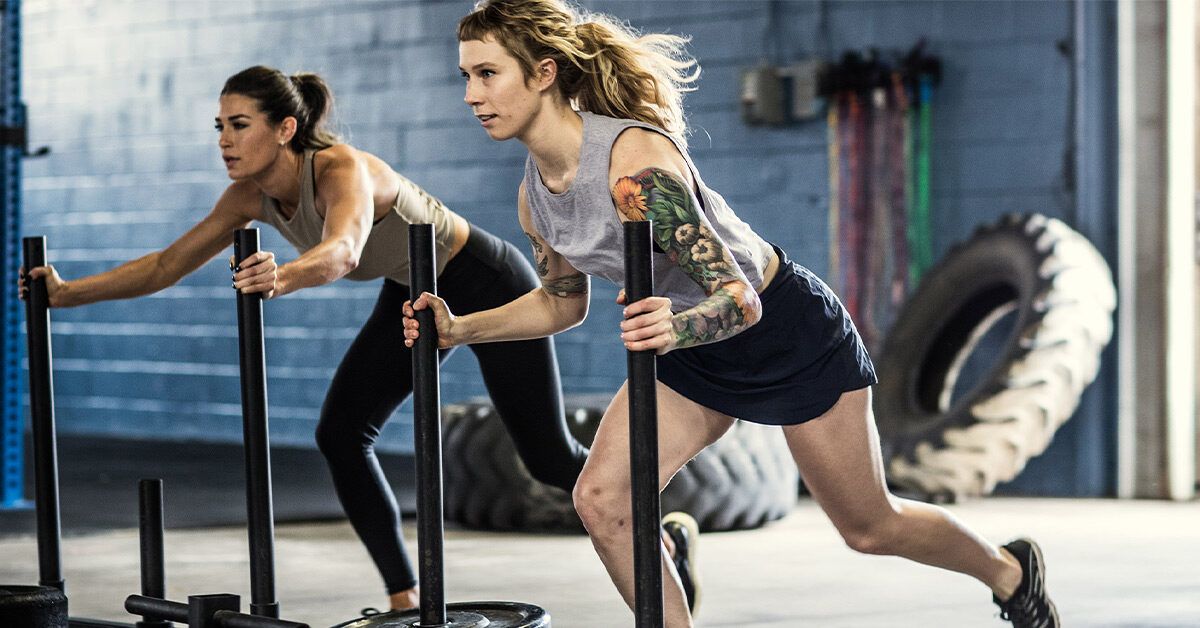
Knee pain is a common reality that many of us face, whether it stems from the natural process of aging, the demands of training, or sudden injuries. It can manifest in various ways, from a mild, persistent ache to a sharp, debilitating grinding sensation, often making the thought of a leg workout seem daunting, if not impossible. This discomfort has a way of quickly diminishing the joy and effectiveness of what should be a vital part of any fitness routine: leg day.
But what if we told you that knee pain doesn’t have to put a complete stop to your fitness journey? What if there were proven, effective ways to build strength and muscle in your lower body without aggravating your sensitive knee joints? The good news is, you absolutely can continue training, and in many cases, exercise is one of the best things you can do to improve recovery and overall knee health. This article is your comprehensive guide to understanding your knees, identifying causes of pain, and, most importantly, discovering 12 incredible exercises that will allow you to train hard and smart, even with bad knees.
Before diving into these transformative exercises, it’s crucial to understand a bit about the knee joint itself and what often leads to discomfort. The knee is a complex modified hinge joint, connecting your femur (thigh bone) and tibia (shin bone), enabling flexion and extension. It’s a marvel of engineering, comprising multiple bones, muscles, tendons, and ligaments that work in unison to facilitate locomotion and bear your entire body weight. Issues can arise from common causes like inflammation from processed foods, omega-3 deficiency, excess weight, poor exercise form, or overuse. When these factors are present, conditions such as Patellofemoral Pain Syndrome, Patellar Tendonitis, Chondromalacia Patellae, Osteoarthritis, or even a Meniscus Tear can develop. But fear not, because we’re here to show you how to navigate these challenges with the right approach to exercise.

1. **Wall Sits**Wall sits are an incredibly effective and low-impact exercise, making them an ideal starting point for anyone dealing with knee pain. They stand out as one of the best bodyweight lower-body exercises you can perform, particularly because they are isometric. This means the muscles are engaged without the joint moving, significantly minimizing any potential aggravation to the knee.
To perform a wall sit, you simply lean your back against a sturdy wall and slide down into a lower squat position. The wall provides essential support, preventing you from falling backward, while still requiring your lower body muscles to work intensely to hold the position. Because the knee joint remains stationary throughout the exercise, it experiences minimal, if any, stress or movement.
This makes wall sits a fantastic choice for rehabilitation or for simply building foundational strength without the high impact or excessive range of motion that can bother sensitive knees. They are a safe way to engage your quadriceps, hamstrings, and glutes, helping to strengthen the supporting muscles around the knee without direct strain on the joint itself. It’s a testament to how simple movements can yield powerful results for knee health.
If you want to increase the intensity as your strength improves, there are several ways to progress. You can place a resistance band around your thighs to add an external challenge, forcing your abductors to work harder. Another excellent modification is to lift one leg, switching after a certain period, to create a unilateral challenge that works each leg independently and evenly. Remember to keep your hands off your legs to ensure your lower body is doing all the work.

2. **Wall Squats**Building on the benefits of wall sits, wall squats offer a controlled progression that can further strengthen your legs while still protecting your knees. This exercise cleverly utilizes a wall to offload some of the stress that traditional squats might place on the knee joint, making it an excellent option for those with sensitive knees. It allows for movement, but with added support and reduced direct impact.
Wall squats are performed by placing a stability ball (or Bosu ball) between your back and a sturdy wall. As you squat down and push back into the wall, the ball rolls with you, guiding your movement and distributing your body weight backward. This backward pressure effectively takes stress off your knees, as your weight is directed away from the direct flexion of the joint.
The unique mechanism of wall squats makes them particularly knee-friendly. The support from the wall and the ball ensures that your form is maintained, preventing common errors like knee valgus (knees falling inward) that can exacerbate pain. This controlled environment allows you to focus on engaging your quadriceps and glutes safely, building strength in a pain-free manner.
For those looking to increase the challenge, you can incorporate a dumbbell. By holding a dumbbell to your chest, you add external resistance, prompting your muscles to work harder without necessarily increasing the strain on your knees. As you move up and down, make sure to roll down the wall until the top of your thighs are parallel to the ground, and then push up and back until your legs are extended, maintaining consistent pressure against the ball.

3. **Deadlift**Often perceived as a heavy, intimidating lift, the deadlift can actually be a highly effective exercise for training the legs while significantly mitigating knee discomfort. When performed correctly and with appropriate considerations, deadlifts can be a cornerstone of a knee-friendly lower body routine, focusing on powerful hip extension rather than excessive knee flexion.
One of the key reasons deadlifts can be comfortable for those with knee pain is the minimal bend in the knees throughout the movement. Unlike squats, which involve deep knee flexion, deadlifts prioritize a hip-hinge pattern, placing the primary workload on the hamstrings, glutes, and lower back, rather than directly on the knee joint. This allows for a powerful concentric contraction to lift the weight, with careful attention paid to the lowering phase.
To ensure knee comfort, it’s essential to maintain a neutral spine and keep your shoulder blades retracted. The movement begins with your shins close to the bar, and as you pull the bar off the ground, the focus should be on straightening your hips and knees simultaneously. As the bar passes your knees, driving your hips forward and contracting your glutes will complete the lift, minimizing direct knee strain.
If deadlifts prove comfortable, a potential progression is the deficit deadlift, where you stand on an elevated object to increase the range of motion. While this does cause more knee flexion and recruits the quadriceps more, it’s vital to be mindful of any discomfort. Always prioritize pain-free movement, and only attempt progressions once the standard deadlift is completely comfortable and your doctor has been consulted.

4. **Romanian Deadlift**The Romanian Deadlift (RDL) is a fantastic exercise for individuals with bad knees because it is performed with only a slight bend in the knees, making it primarily a hip-dominant movement. This emphasis on the hips means that the majority of the force and workload is absorbed by your glutes and hamstrings, resulting in a significant decrease in the force placed directly on your kneecap.
This exercise effectively targets the posterior chain—the hamstrings and glutes—without putting your knees through a deep range of motion or high impact. By focusing on the hip hinge, you can build impressive strength and muscle in your leg and glute muscles, which are crucial for supporting the knee joint, all while keeping your knees in a relatively stable and protected position. You can utilize a barbell, dumbbells, or even kettlebells for this versatile movement.
Beyond the traditional RDL, the single-leg deadlift presents another excellent unilateral option. Standing on one leg with the standing leg slightly bent, this variation forces the body to recruit surrounding muscles for balance and stabilization, activating more muscle fibers in the process. Studies have shown that unilateral exercises can elicit greater muscle activity with smaller loads compared to their bilateral equivalents. This translates to less stress on the knee while maximizing muscle engagement, making both the RDL and its single-leg version highly beneficial for your routine.
When performing the Romanian Deadlift, start with your feet hip-width apart and a minimal bend in your knees. Allow your torso to bend forward and drop, lowering the weight toward the ground, all while keeping your core tight and shoulders pulled back. Descend until you feel your form is about to break or a strong stretch in your hamstrings. Power back up by driving your hips forward, pulling the weight upward until you are erect, ensuring the movement is controlled and originates from the hips.

5. **Good Morning**The Good Morning exercise is a highly effective way to target the hamstrings and glutes with virtually no stress on the knee joint. This is because the movement primarily involves flexion at the hips, with the legs remaining straight or with only a very slight, fixed bend. As a result, there is little reason for your knees to experience discomfort or act up during this exercise.
This exercise is ideal for achieving maximal work in the hamstrings and glutes, which are critical muscles for supporting knee health, without any direct discomfort in the knees. By strengthening these powerful posterior chain muscles, you contribute to better overall lower body stability and can help alleviate pressure on the knee joint. It’s an excellent choice for building strength and resilience while maintaining knee integrity.
To perform Good Mornings, stand with your feet shoulder-width apart, ensuring your legs are straight but not locked. Place a loaded barbell across your upper back, similar to a back squat. The movement begins by bending forward at your hips, slowly lowering your torso while maintaining a rigid, straight back. It’s crucial to keep your core engaged and avoid rounding your spine to protect your lower back.
Continue to lower your torso until you feel a strong stretch in your hamstrings or until your form begins to break. The key is to keep your legs straight throughout the movement, focusing the bend solely at the hips. To return to the starting position, power your hips forward, extending back to an erect stance. This controlled movement ensures effective muscle activation without taxing the knees.

6. **Sled Push**The sled push, commonly seen in Strongman training, is arguably one of the most underrated and underutilized exercises in the gym, especially for those with bad knees. It’s an excellent movement for increasing muscular strength while giving the knees a significant break from typical loading patterns. When pushing a sled, the primary muscles engaged are the hamstrings and glutes, much like in running, but without the impact.
The correct form for pushing a sled involves leaning forward and driving into it horizontally. While this places a huge demand on the lower body, the knee cap experiences far less range of motion compared to exercises like squats. Crucially, the load is not placed directly on the bones and joints in the same way it is during traditional barbell movements. This makes it exceptionally knee-friendly, as the forces are distributed differently.
The bottom line is that pushing a sled places significantly less stress on the knee joints, establishing it as one of the best leg exercises for bad knees. Studies have even shown that using a lighter load results in less knee flexion, as less force is required, further underscoring its utility in a knee-conscious training program. It allows for intense, powerful work without the direct compressive forces often problematic for sensitive knees.
To perform the sled push, load a sled with a desired weight—heavy enough to prevent sprinting but manageable. Get behind the sled, grab the push rods, step back, and lean into it, keeping your torso as parallel to the ground as possible. You can push with arms extended for upper body work or tucked and chest close for more power; both options are effective. Begin to slowly drive into the sled, taking small, powerful steps. One foot will drive off its toe, while the other leg steps forward, propelling the sled forward with continuous, low-impact force.
Building on the foundation of knee-friendly movements we’ve already explored, this section continues our in-depth analysis, bringing you the remaining six exceptional leg exercises tailored for individuals navigating knee pain. These movements are carefully selected to help you build strength and mass safely, allowing you to train hard without exacerbating your sensitive joints. We’ll illustrate precisely how each exercise contributes to a robust lower body while protecting your knees, proving that an effective leg day is well within reach.




